How to Use the Windows Startup Folder to Automate Program Launches
This article will show you how to use the Windows Startup Folder to quickly and easily launch your favorite programs at startup. Follow the simple steps and you'll be up and running in no time!
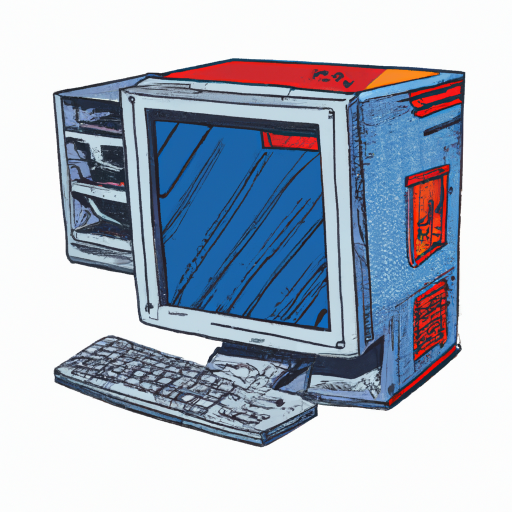
One of the most convenient ways to quickly access programs on your computer is to use the Windows Startup Folder. This folder allows you to launch applications automatically upon startup or logon. This is especially useful if you use certain programs on a daily or weekly basis. By automating their launches in the Windows Startup Folder, you can save yourself the hassle of locating and opening programs manually.
Step 1: Access the Windows Startup Folder
The first step is to access the Windows Startup Folder. To do this, open File Explorer by right-clicking on the Start button and selecting “Open File Explorer”. In the File Explorer window, navigate to “C:\Users\[Username]\AppData\Roaming\Microsoft\Windows\Start Menu\Programs\Startup”. Replace “[Username]” with the name of the user you are currently logged in as.
Step 2: Add Programs to the Windows Startup Folder
Once you’ve accessed the Windows Startup Folder, you can add programs to it. To do this, simply locate the program’s executable file, right-click on it, and select “Create Shortcut”. Once the shortcut is created, drag and drop it into the Windows Startup Folder.
Step 3: Disable Unwanted Programs From Launching Automatically
You may also want to disable certain programs from launching automatically. To do this, open the Windows Startup Folder and right-click on the program’s shortcut. Select “Properties” and then uncheck the “Run at Startup” option.
Step 4: Manage the Launch Order of Programs
You can also manage the launch order of programs in the Windows Startup Folder. To do this, open the folder and select the “View” tab. Then select “Details” and click on the “Name” column to sort the list of programs in alphabetical order. This will allow you to easily rearrange the launch order of programs by dragging and dropping them.
Step 5: Use Task Scheduler to Schedule Program Launches
Finally, you can use the Task Scheduler tool to schedule program launches. To do this, open the Start menu, type “Task Scheduler”, and select the matching option. Once the Task Scheduler window is open, select “Create Basic Task” and use the wizard to set up the program launch.
Using the Windows Startup Folder to automate program launches is a great way to save time and hassle when accessing programs on your computer. By following the steps outlined above, you can quickly and easily get your programs to launch automatically.

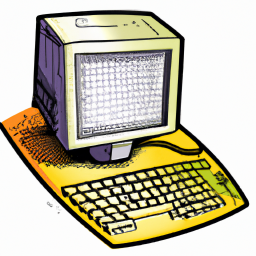

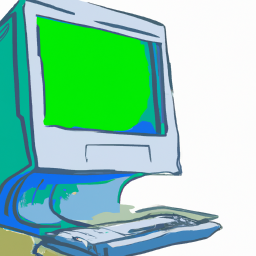

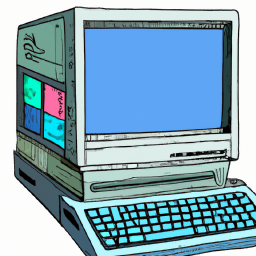
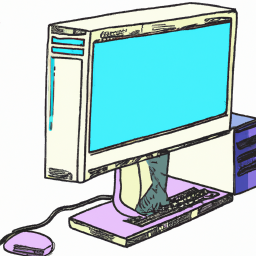
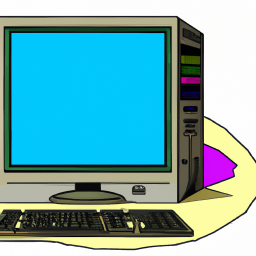
Terms of Service Privacy policy Email hints Contact us
Made with favorite in Cyprus